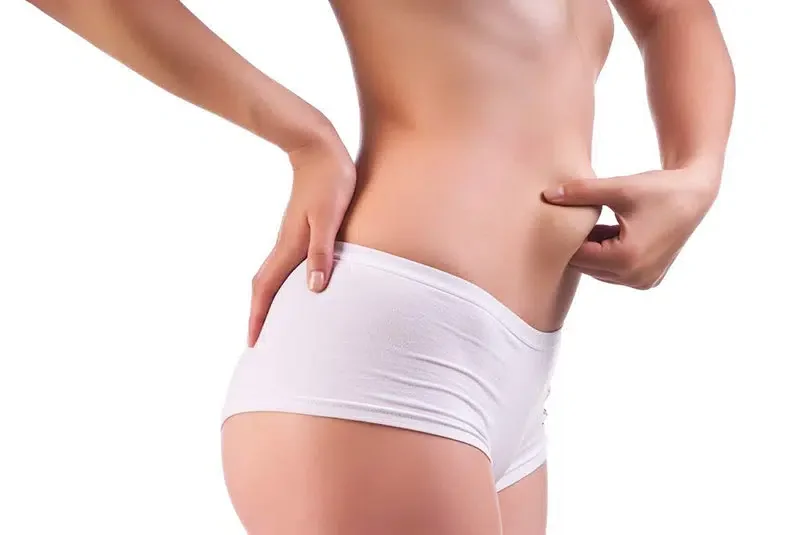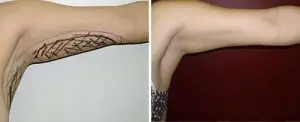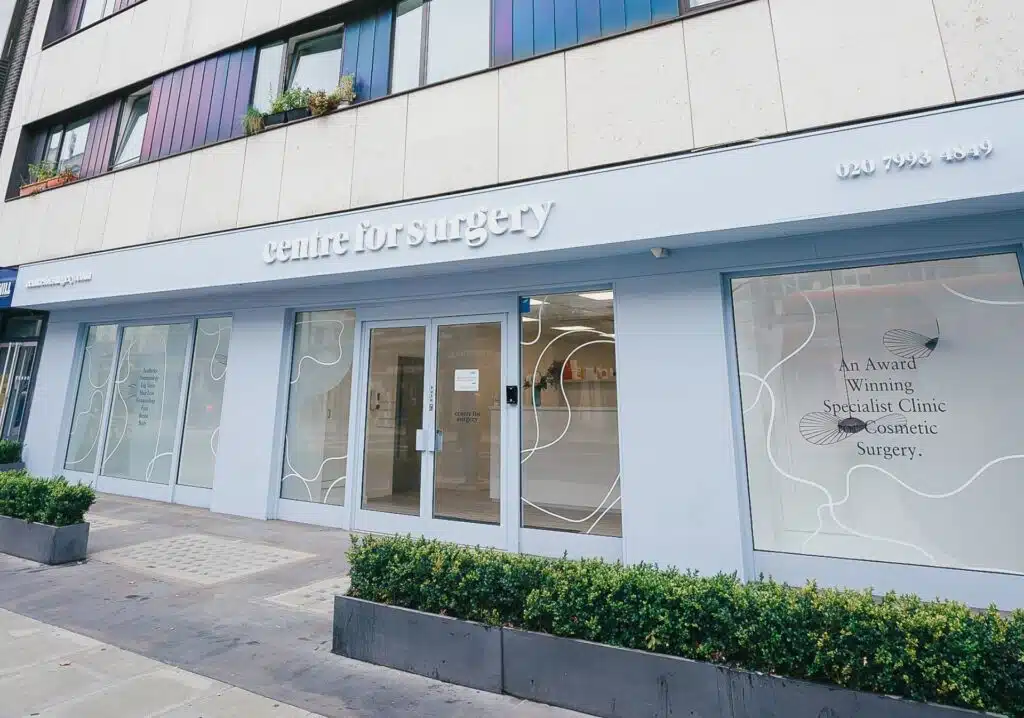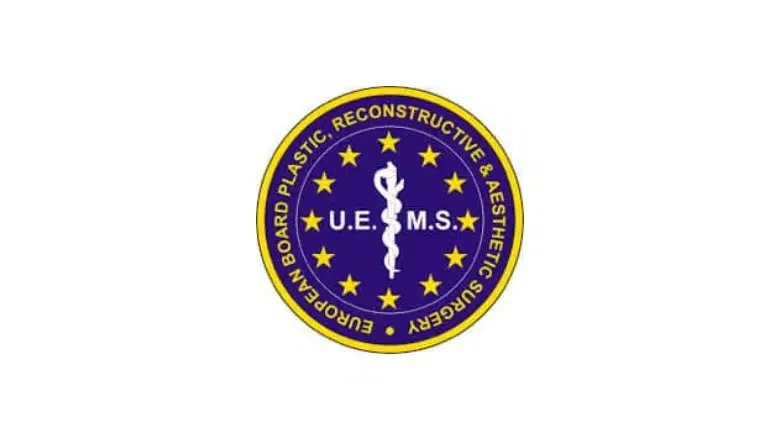What is liposuction?
Liposuction, also known as ‘lipo’ is a body contouring procedure designed to remove areas of unwanted fat that are resistant to diet and exercise.
When you first start to research cosmetic surgery and liposuction, the amount of information can often be overwhelming. What type of procedure do you need, what form of liposuction is the liposuction surgeon going to use, and who is the best lipo surgeon in London? It can often feel as if the list of questions to look up is endless. It can be difficult to fully comprehend some medical information, or you may find different websites with conflicting information. So what is liposuction, and what are the different methods of liposuction used in the UK?
How does lipo work?
Lipo is designed to eliminate smaller areas of body fat that have proven impossible to get rid of with diet and exercise. The most common areas for liposuction include the stomach, thighs, knees, calves and ankles, back and arms.
Lipo is most commonly performed under a general anaesthetic to ensure patient comfort. The areas for fat removal are first marked before being injected with tumescent anaesthesia, which helps to improve patient comfort and reduce bruising and swelling. Specialised cannulas are used to break up fat cells before being removed with vacuum suction. Moving the cannula back and forth helps to dislodge fat cells and sculpt areas with increased precision. Once the procedure is complete, the surgeon will remove any residual anaesthetic fluid through the tiny incisions before stitching the incision is closed and applying a sterile dressing. A liposuction compression garment is then applied. The whole liposuction procedure usually takes anywhere between one and three hours.
How much weight can I lose with liposuction?
Liposuction is not considered a treatment for losing weight. The procedure is focused on contouring the body to achieve a more defined or sculpted appearance. Having said this, it is possible to lose up to a few kilograms with liposuction due to the physical removal of fat from the body. It is important to maintain liposuction results by eating healthily and exercising regularly.
Who is suitable for liposuction?
People who have stubborn body fat have not been able to lose it as the result of a healthy lifestyle, including exercise and healthy eating. It is a common misconception that liposuction is a procedure for those who are obese and have a large amount of weight to be removed. Instead, these patients are often deemed unsuitable. Having too much body fat removed will leave patients with lots of excess, loose skin, which will require a tummy tuck to fix.
To have liposuction, you will need to be:
- At least 18 years or older
- Have a body mass index (BMI) of under 30
- Be physically and mentally healthy
- Have reasonable expectations about what the liposuction procedure can achieve
Can liposuction get rid of belly fat?
Many people find belly fat to be tough to remove with diet and exercise alone. Liposuction may be an effective treatment for getting rid of belly fat for people who would like to achieve a flatter stomach without the need for more invasive surgery. It is important to have good skin elasticity to prevent the risk of developing loose skin after liposuction.
What are the different types of liposuction carried out at Centre for Surgery?
There are several different types of liposuction available at Centre for Surgery, including:
Traditional liposuction
This is the original method of liposuction developed over 30 years ago. Unlike newer liposuction methods, traditional liposuction involves administering a general anaesthetic so the patient is asleep throughout the procedure. The surgeon will make an incision and use cannulas, which are moved back and forth to remove the body fat. Vacuum suction helps to extract fat cells. The incisions will be closed with dissolvable stitches, and drainage tubes may be used to prevent fluid build-up. Traditional types of liposuction do not involve potential risks that are often encountered with laser liposuction or Vaser liposuction.
Tumescent liposuction
Tumescent liposuction is a highly effective type of liposuction which can be carried out under local anaesthetic for the treatment of small body areas. The procedure first involves injecting a diluted anaesthetic solution into the skin, which makes the area numb and swollen, and is known as tumescent anaesthesia. Pre-injecting the fat with a tumescent solution makes it easier to remove the body fat and will result in less bleeding and bruising. Surgeons are then able to make incisions into the target areas of fat and use small-diameter cannulas to remove the unwanted body fat. This is the method which is used at Centre for Surgery for MicroLipo. It is the preferred method as you can avoid symptoms such as excessive bruising and swelling. It also does not involve using heat, lowering the risk of skin burns to your body. Finally, there is a lowered risk of skin complications, including asymmetry, rippling, and wavy skin.
BodyTite and Tumescent Liposuction
What is Micro Lipo?
Micro Lipo is a specialist minimally invasive technique. Its main advantage is that it is performed as an awake procedure with minimal downtime. For smaller, more localised areas and in appropriately selected patients, MicroLipo can be an excellent option with superior results to non-surgical fat removal methods.
The term MicroLipo refers to the fact that the size of fat extraction cannulas is much smaller than that of cannulas used during traditional lipo surgery. Micro cannulas often measure no more than 3 mm in diameter, with 1.5 to 2 mm being the average. This contrasts with cannulas used during traditional liposuction, where the average cannula size measures between 4mm and 5mm.
MicroLipo works great for small, well-defined areas, including the chin or submental region, the jawline, the inner arms and the inner thighs.

The above 4 cases were performed with an advanced form of local anaesthesia known as the ‘tumescent technique’. Patients were ready for discharge 30 minutes after their procedure and were back to work the next day with minimal disruption to their activities of daily living.
RELATED: What are the common liposuction areas?
Power-assisted liposuction (PAL)
Power-assisted liposuction, or PAL Lipo, uses a powered cannula that vibrates rapidly – about 5,000 times per minute. This helps to loosen and break up the fat cells prior to extraction with vacuum suction. PAL lipo is considered to be a gentler method than traditional liposuction. As with all liposuction types, PAL involves using tumescent anaesthesia to improve patient comfort and reduce bruising and swelling. This means liposuction recovery is much quicker following power-assisted liposuction. PAL lipo can also help to remove body fat from more difficult areas such as the back and flanks. PAL Lipo is an excellent technique for male breast reduction and removal of gynaecomastia.
What is the most effective type of liposuction?
The gentle nature of this type of liposuction means that fat cells can be used in a fat transfer procedure, with fat transfer to the breasts and the Brazilian butt lift being the most common type of fat transfer in London.
BodyTite liposuction
BodyTite is a type of liposuction that involves the use of radiofrequency can you list which are inserted beneath the skin. When activated, controlled thermal energy helps tighten skin without requiring more invasive surgery such as a tummy tuck. BodyTite is regularly combined with power-assisted liposuction for minimally invasive body contouring without the need for excess skin removal.
CelluTite for getting rid of cellulite
CelluTite is a highly effective type of cellulite treatment that involves the use of radiofrequency energy to tighten the skin of the thighs and buttocks. It is combined with surgical subcision to disrupt the vertical bands responsible for the dimpled and puckered skin. CelluTite can performed as one treatment, and results are considered permanent. Other types of cellulite treatment, including Cellfina and Cellulaze, are not as effective as CelluTite.
Which types of liposuction do we not recommend?
Ultrasound-assisted liposuction (UAL) or Vaser liposuction
Ultrasound-assisted liposuction (UAL) or Vaser liposuction uses ultrasound energy to emulsify or melt fat before extraction. This technique is claimed to be much quicker and less painful compared with other liposuction techniques.
Unlike tumescent liposuction, Vaser liposuction involves three steps. Patients are administered the tumescent liposuction, after which an ultrasound probe is inserted and is moved back and forth to liquify the fat. The suction cannula is then used to suction the fat. This method requires a larger incision to accommodate the ultrasound device, so it is important to consider this during recovery. While manufacturers will claim VASER will lower the risk of side effects and achieve better results, there is no real evidence to prove this is dramatically better than other liposuction methods. We believe that Vaser liposuction carries a significant risk of complications that outweigh its use’s benefits. Centre for Surgery is one of the top UK centres for liposuction, and we see many patients who have developed complications from Vaser Lipo that have been performed elsewhere. One of the most common complications we see from treatment carried out elsewhere includes the formation of seromas, which often require surgical drainage. We believe power-assisted liposuction is a much safer technique with a significantly lower risk of complications than Vaser liposuction.
Laser-assisted liposuction (LAL) or Laser liposuction (SmartLipo)
Laser-assisted liposuction (LAL) or ‘Smart Lipo’ uses a specialised laser probe which produces laser energy to melt fat cells. The liquefied fat is extracted using conventional liposuction methods. SmartLipo also uses the diluted anaesthetic to make the area tumescent. Rather than using an ultrasound probe or cannulas, SmartLipo uses lasers beneath the skin to melt the fat, causing it to liquefy. Cannulas are then used to remove the liquefied fat. SmartLipo is most commonly performed under local anaesthetic due to tumescent anaesthesia. Although commonly performed 10 to 15 years ago, this liposuction method is rarely performed in the UK due to the high risk of complications associated with the technique, including skin rippling, unevenness and even skin burns. Our surgeons continue to see patients who have suffered complications from laser liposuction, which, in the most severe cases, may require fat grafting or even skin removal.
Are you interested in having liposuction? Contact Centre for Surgery today for more information or to book a consultation with one of our surgeons.













